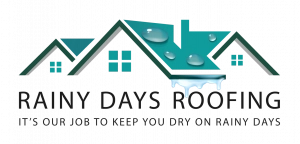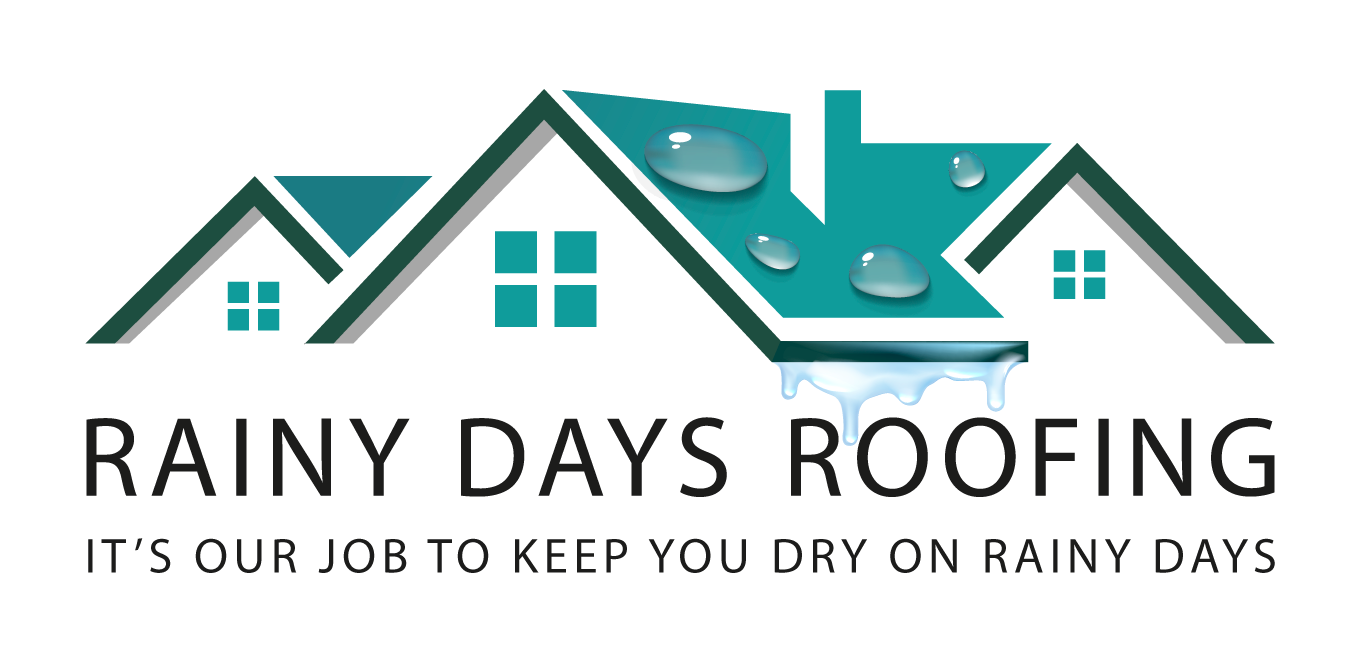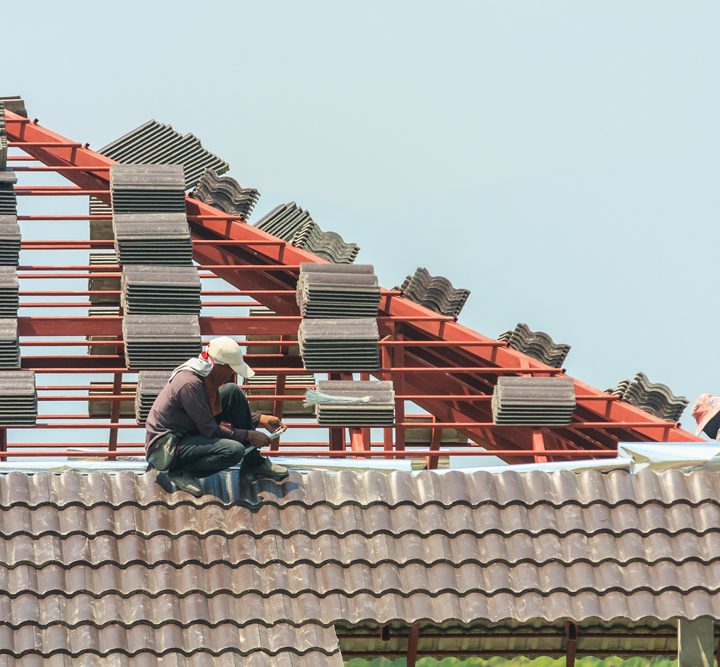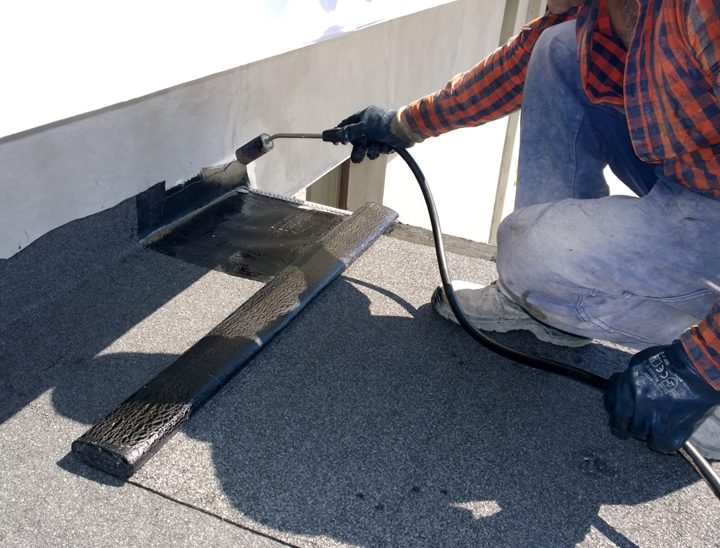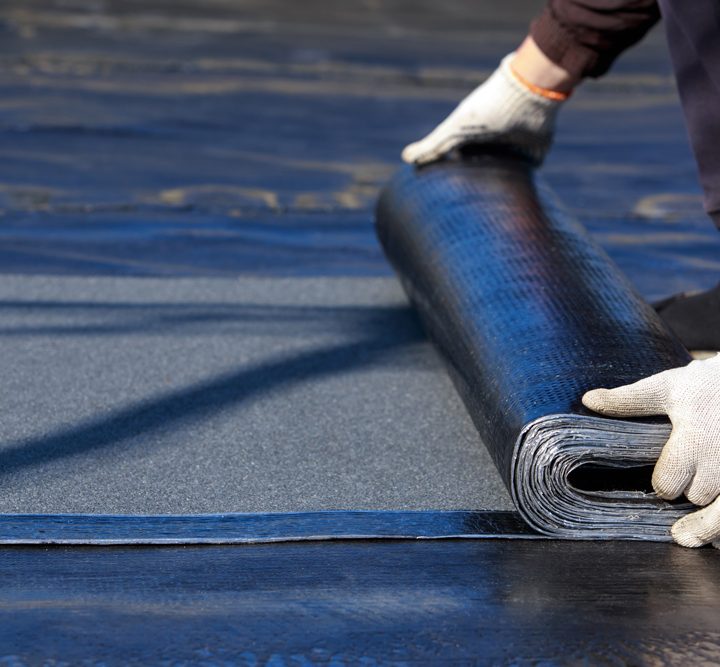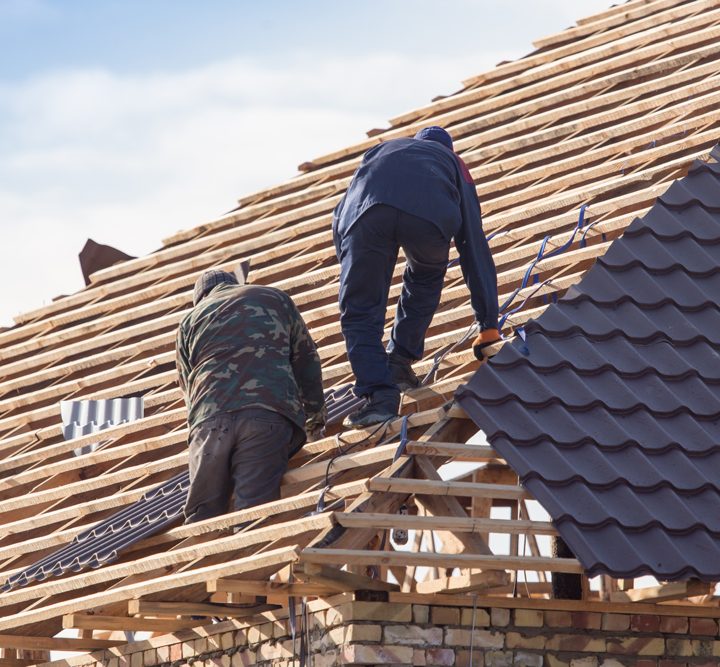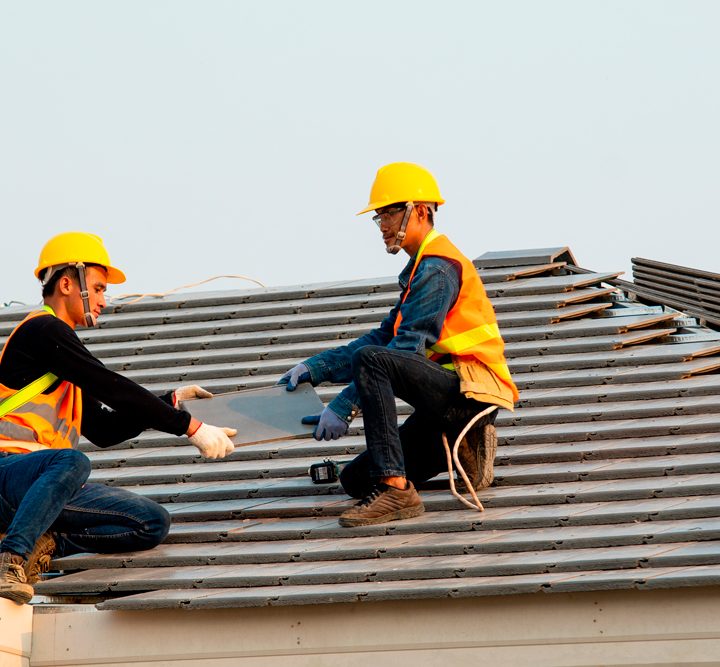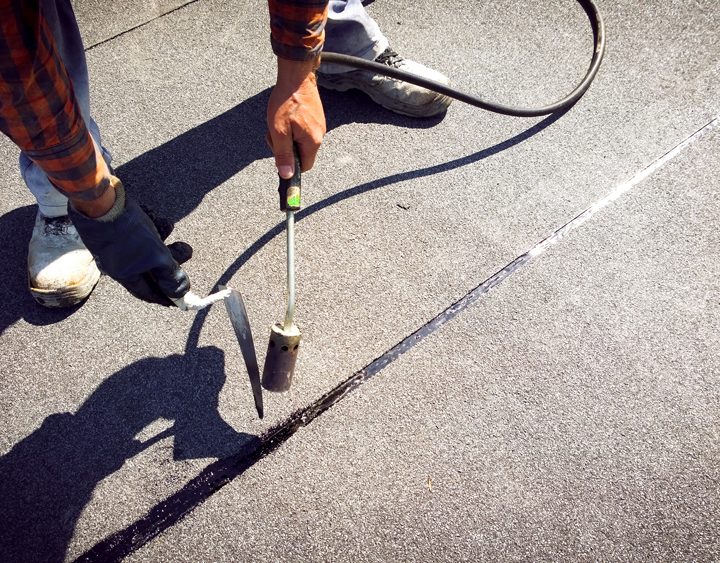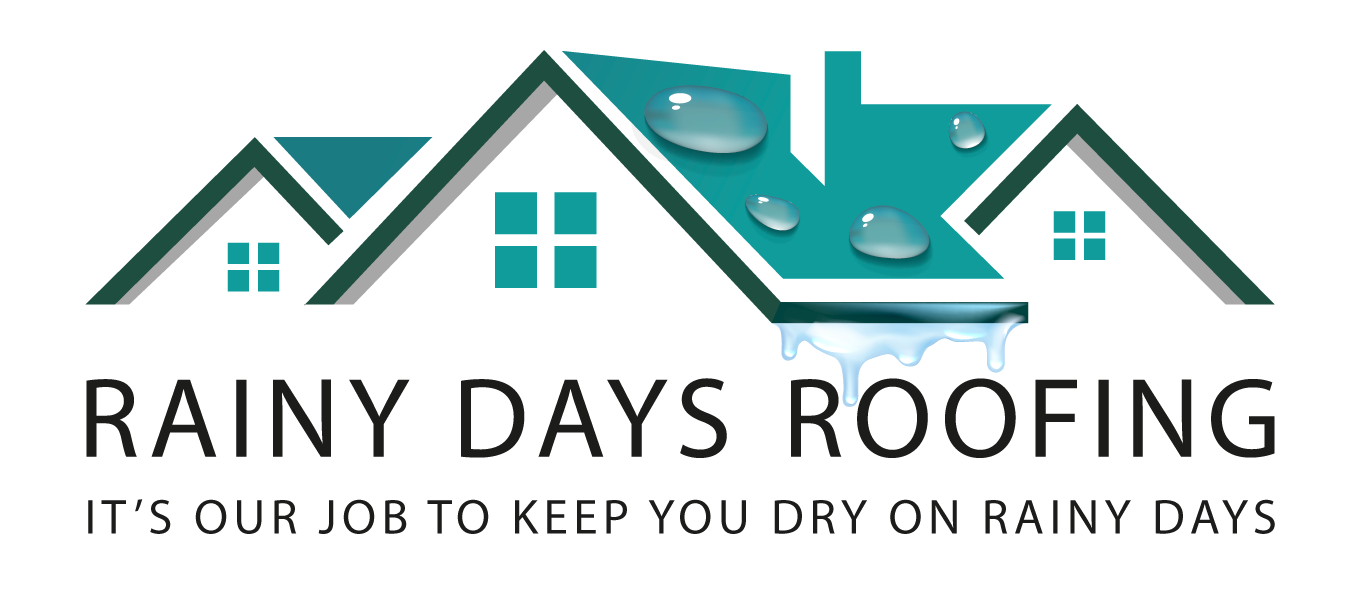Prepare Roof for Rain in London and Essex
London and Essex experience frequent rainfall throughout the year, making roof preparation essential for homeowners. Heavy rain can cause leaks, structural damage, and costly repairs if your roof isn’t properly maintained. Fortunately, taking preventive measures can help you avoid major issues. In this guide, we’ll share expert tips on how to prepare your roof for rain and ensure your home stays protected during storms.
Why It’s Important to Prepare Roof for Rain
Heavy rain puts immense pressure on your roof, especially if it’s already compromised. Common issues that arise during storms include:
Leaks and water ingress – Damaged tiles or flashing can allow water to seep into your home.
Clogged gutters and drainage issues – Water accumulation can cause overflows and potential roof collapse.
Structural damage – Prolonged exposure to rain can weaken roofing materials over time.
Mould and damp – Excess moisture creates an ideal environment for mould growth, affecting indoor air quality.
By taking proactive steps, you can significantly reduce the risk of rain-related roofing problems.
1. Inspect Your Roof Regularly

Routine roof inspections are crucial in spotting damage before it worsens. Check your roof for:
Missing, cracked, or loose tiles.
Signs of sagging or uneven areas.
Water stains on ceilings and walls inside your home.
Accumulation of moss or algae, which can trap moisture and lead to deterioration.
Hiring a roofing expert in London or Essex for a professional inspection ensures that hidden issues are detected early. It is particularly important before and after the rainy season, as minor issues can quickly become major concerns when exposed to constant rain.
2. Clean and Maintain Gutters
Blocked gutters prevent water from flowing properly, leading to overflow and roof damage. To avoid this:
Remove leaves, twigs, and debris from gutters and downpipes.
Check for cracks, rust, or misalignment in your gutter system.
Install gutter guards to reduce debris buildup and improve water flow.
Failing to maintain your gutters can result in water spilling over and pooling at your home’s foundation, increasing the risk of leaks and structural damage.

3. Check Roof Flashing and Sealant

Flashing around chimneys, skylights, and vents protects against leaks. If the flashing is loose, cracked, or deteriorating, it can allow water infiltration. Steps to check and repair flashing include:
Inspecting metal flashing for rust or separation.
Re-sealing gaps with roofing caulk or waterproof sealant.
Replacing old or heavily damaged flashing with professional-grade materials.
Flashing is one of the most vulnerable parts of a roof, so keeping it in good condition is essential in protecting your home from rain damage.
4. Trim Overhanging Trees
Overhanging branches can cause serious roof damage during heavy rain and strong winds. To prevent this:
Trim trees and remove weak branches near your roof.
Ensure branches do not scrape or rest on roof tiles.
Regularly check for storm-damaged limbs that could fall onto your home.
In addition to preventing physical damage, trimming trees reduces the amount of debris falling onto the roof, which can contribute to gutter blockages.

5. Repair Damaged Roof Tiles

Loose or broken roof tiles create entry points for rainwater. To maintain a storm-ready roof:
Replace cracked or missing tiles as soon as possible.
Secure loose tiles with proper fixings.
Check for signs of tile deterioration caused by weather exposure.
Even a small crack in a tile can allow water to seep through, leading to leaks and water damage. Acting quickly on minor tile repairs can save you from costly structural repairs in the future.
6. Improve Attic and Roof Ventilation
Proper ventilation prevents condensation buildup, which can weaken your roof from the inside out. Ensure that:
Soffit and ridge vents are clear of obstructions.
There is adequate airflow to regulate moisture levels.
Your insulation is intact and free from damp patches.
A well-ventilated attic reduces the risk of condensation, which can contribute to wood rot and mould growth, further compromising your home’s structure.

7. Consider Waterproof Coatings
If your roof is prone to water pooling, applying a waterproof coating can provide additional protection. A waterproof membrane or sealant can:
Increase resistance to rain and moisture.
Prevent leaks in vulnerable areas.
Extend the lifespan of your roofing materials.
Waterproof coatings are particularly useful for flat roofs, where standing water is more likely to cause damage over time.
8. Schedule Professional Roof Maintenance
While regular DIY maintenance is helpful, nothing beats professional expertise. Hiring a roofing expert ensures:
Thorough inspections – Identifying potential issues early.
Quality repairs – Using durable materials for long-term protection.
Preventive care – Avoiding costly emergency repairs.
At Rainy Days Roofing, we specialise in keeping London and Essex homes protected from storm damage. Our experienced team offers expert inspections and repairs to safeguard your home against heavy rain. By scheduling routine maintenance, you can reduce the risk of leaks and costly damages before the rainy season arrives.
Conclusion
Heavy rain can put your roof at risk, but with proper roof preparation, you can prevent costly damage. Regular inspections, gutter maintenance, flashing repairs, and professional assistance ensure that your home remains safe and dry during storms.
By being proactive and addressing minor roof issues early, you can protect your home from serious damage and extend the life of your roof. Don’t wait until the rain starts—schedule a roof inspection with Rainy Days Roofing today to keep your property protected year-round.

Author
